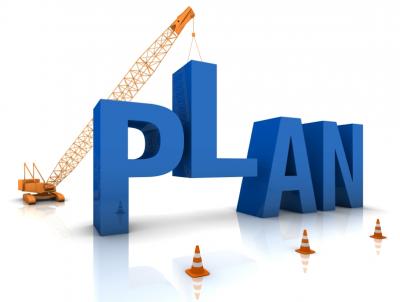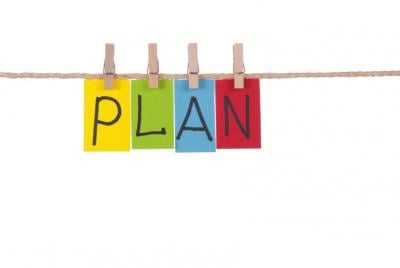March 12, 2015
March 12, 2015
 Moving an operational Quality Control Laboratory is all about maintaining the support of production testing, ensuring physical integrity of the instrumentation being moved, and qualification of the laboratory.
Moving an operational Quality Control Laboratory is all about maintaining the support of production testing, ensuring physical integrity of the instrumentation being moved, and qualification of the laboratory.
Scheduling and logistics are the first things to consider. The need to maintain production support while establishing the new laboratories will put a strain on equipment and personnel. Ideally, when moving an operational laboratory, it would be done in three phases. Phase 1 would entail any and all new instrumentation being set up and qualified in the new lab along with all the duplicate or redundant equipment being moved from the existing lab. Enough instrumentation would be left in the existing lab to maintain testing while setting up the new lab. Phase 2 would have the new lab performing the testing while the equipment in the old lab is moved.
The selection of which instrument would be placed in each phase should take into consideration redundancy of the equipment, whether or not the instrument is qualified to perform multiple kinds of test (even if instruments are normally dedicated) and production scheduled to need the instrument. The idea is to keep as much of the laboratory functioning as possible during the move.
There will always be one-off instrumentation that would need to be moved on its own time table, taking in consideration the projected schedule of use and with a compressed time table. These would be Phase 3 instruments, which in reality might be moved any time in the project. An example of this would be an electron microscope; it may take specialized movers and rigging and most likely assistance from the manufacturer for a successful move and qualification.
If the laboratory doesn't allow for distinct phases, then the ability to support production is key to scheduling the moving and qualification of each instrument. Based on the production schedule, instruments will be scheduled to be moved when demand for that instrument will be the least. It may be necessary to hold samples or send them to an alternative site if the demand for testing is high.
Once it has been decided what equipment needs to be moved when, the coordination of all the people involved in the move begins. Who will perform a final calibration, system suitability or Preventative Maintenance on the instrument to show it was in good operating condition before moving? Furthermore, the equipment will need to be decontaminated and physically prepared for the move. If the equipment is under a service contract - there may be limitations on who can tear down the instrumentation to be moved. Metrology, Facilities, Validation, lab analysts, and Quality Assurance will all have a role in getting the equipment ready to be moved. The physical moving of the equipment can involve Facilities, an outside firm, the vendor or mostly likely a combination of the three.
After the equipment has been moved to the lab, the process starts again. The instruments need to be set-up, calibrated or PM'd, and then re-qualified. The qualification of the instruments will include support from the vendor, on-site Validation staff (contracted validation staff as need), Quality Assurance and lab analysts. The people needed for the successful move of the laboratory are also needed for the continued operations of the entire site. Keeping the laboratory move as part of their daily focus is necessary.
Considering and planning for each of these factors before the move should create a more streamlined process, and help eliminate avoidable setbacks.
Learn more about ProPharma's Laboratory Equipment Qualification services. Contact us to get in touch with our subject matter experts for a customized presentation.
TAGS: Qualification & Validation Life Science Consulting Commissioning

June 19, 2014
Expanding an existing lab or establishing a new lab is an exciting time; new equipment, new facility, a fresh start. The key to having a successful laboratory qualification project is communication...

October 1, 2020
The interest in developing consumer products or therapies derived from Cannabis or CBD is continuously growing. As these new products come to market, there is increasing need to comply with...
January 31, 2017
On Friday, January 27th, the FDA published a press release warning consumers of elevated levels of belladonna in certain homeopathic teething products. According to the announcement, an FDA-conducted...